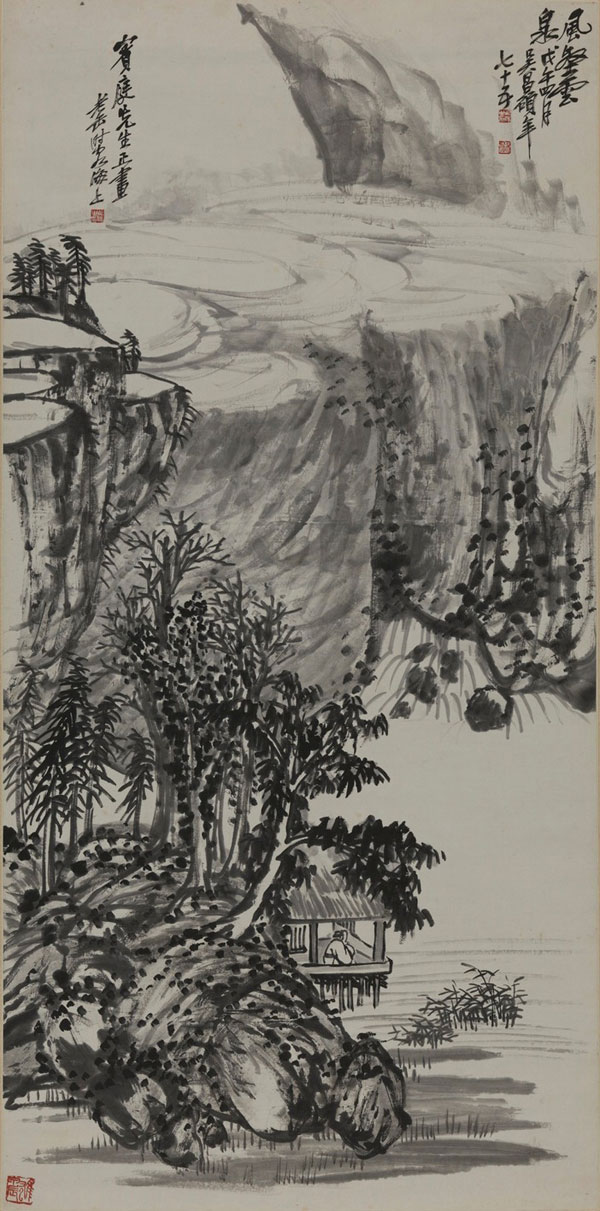This year marks the 50th anniversary of the founding of the National Art Museum of China. The museum boasts an immense collection of 110,000 items, including ancient Chinese paintings and calligraphy, folk art, works of modern art and Western art.
Part II: Chinese mountain-and-water painting of the 20th century
The arrival of the 20th century saw Chinese ink painting marching toward modernization against a backdrop of drastic social reform, cultural exchanges and collisions between East and West.
Traditional mountain-and-water painting evolved into three approaches. One carried forward the style of literati painting by blending natural landscapes and personal temperament, while also attesting to the modern taste in beauty. The second absorbed the concepts and techniques of oil painting to bring an infused look to Chinese painting. After the founding of New China in 1949, it became a main object of artists to paint for the benefit of people and society.
See more NAMOC's collections, visit http://www.namoc.org/zsjs/gczp/
 |
|
Ravine, Wind and Spring, Wu Changshuo
|
Wu Changshuo (1844-1927) was a representative of the mainstream of modern flower-and-bird painting. He is acknowledged as one of the four Shanghai School (Hai Pai) masters in the late Qing Dynasty (1644-1911), together with Xu Gu, Pu Hua and Ren Bo'nian.
The painting shows the cozy life of a hut owner, who sits under the eaves alone enjoying the beauty of nature. Wu adopted the flower-painting style in painting this landscape.
The coordinated use of ink and the well-organized structure bring out the excellence of the painting. [Photo provided to chinadaily.com.cn]
We Recommend:
